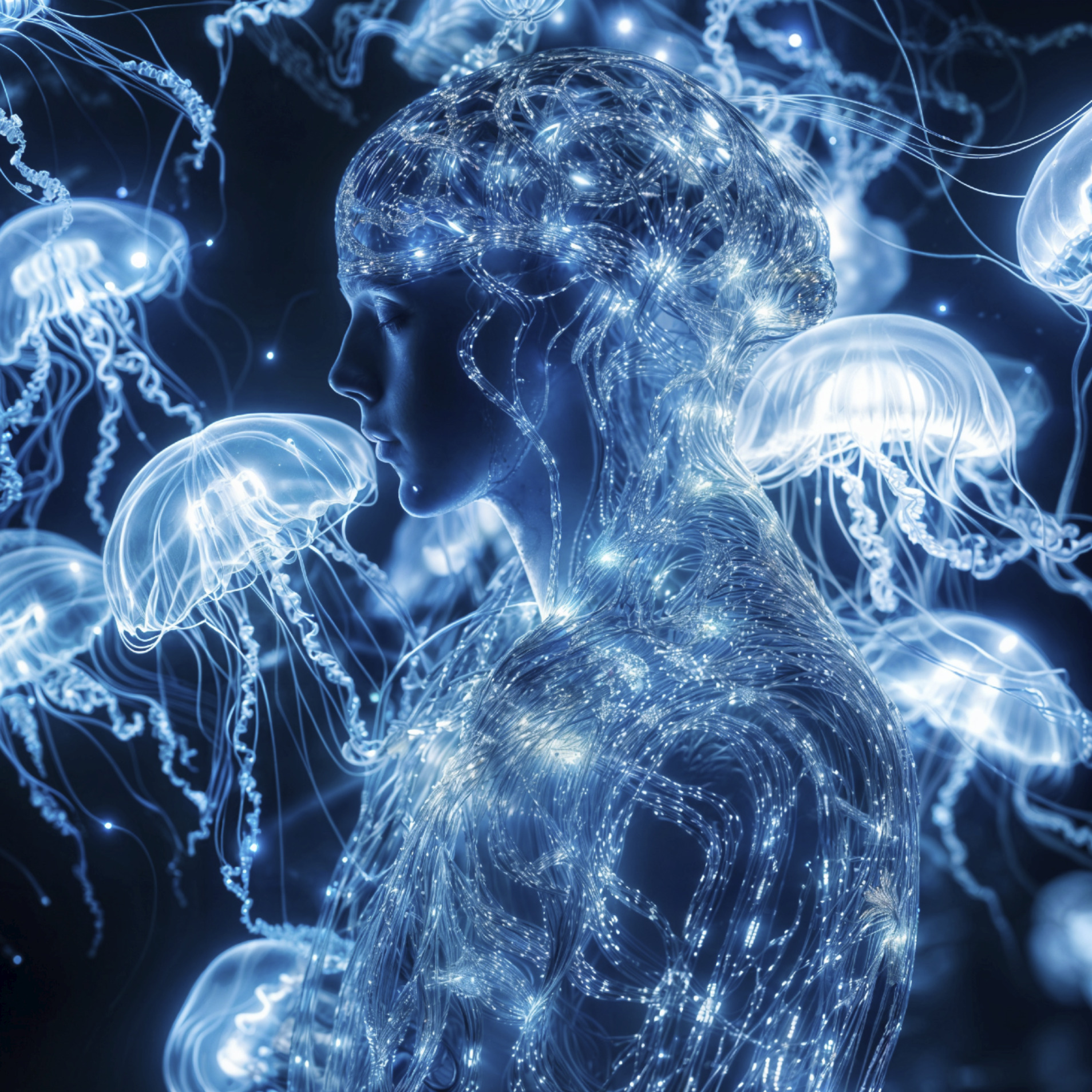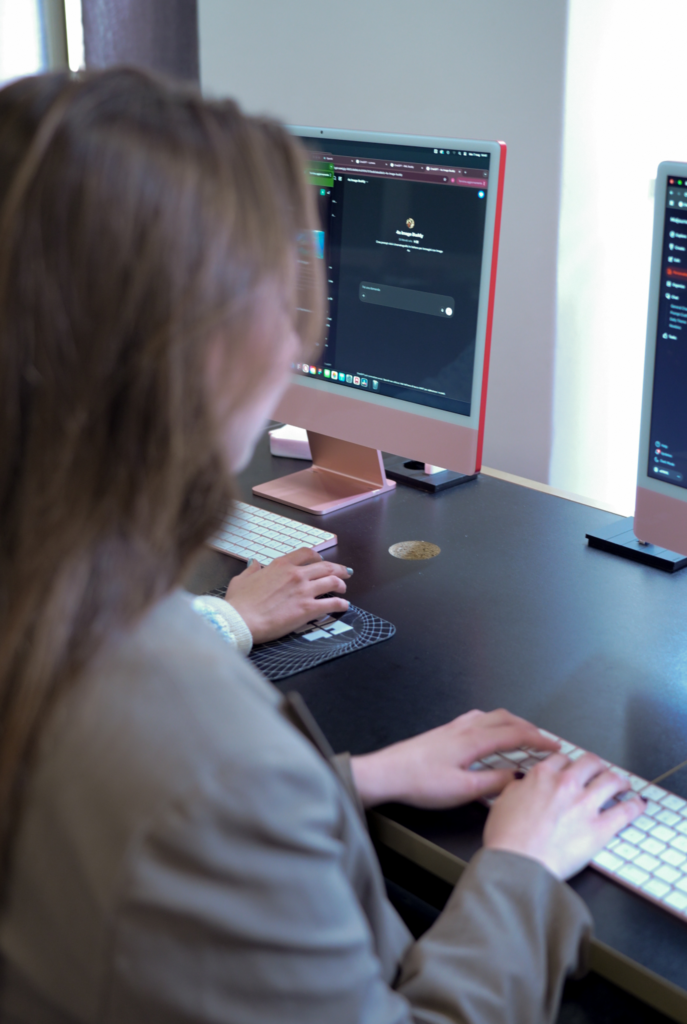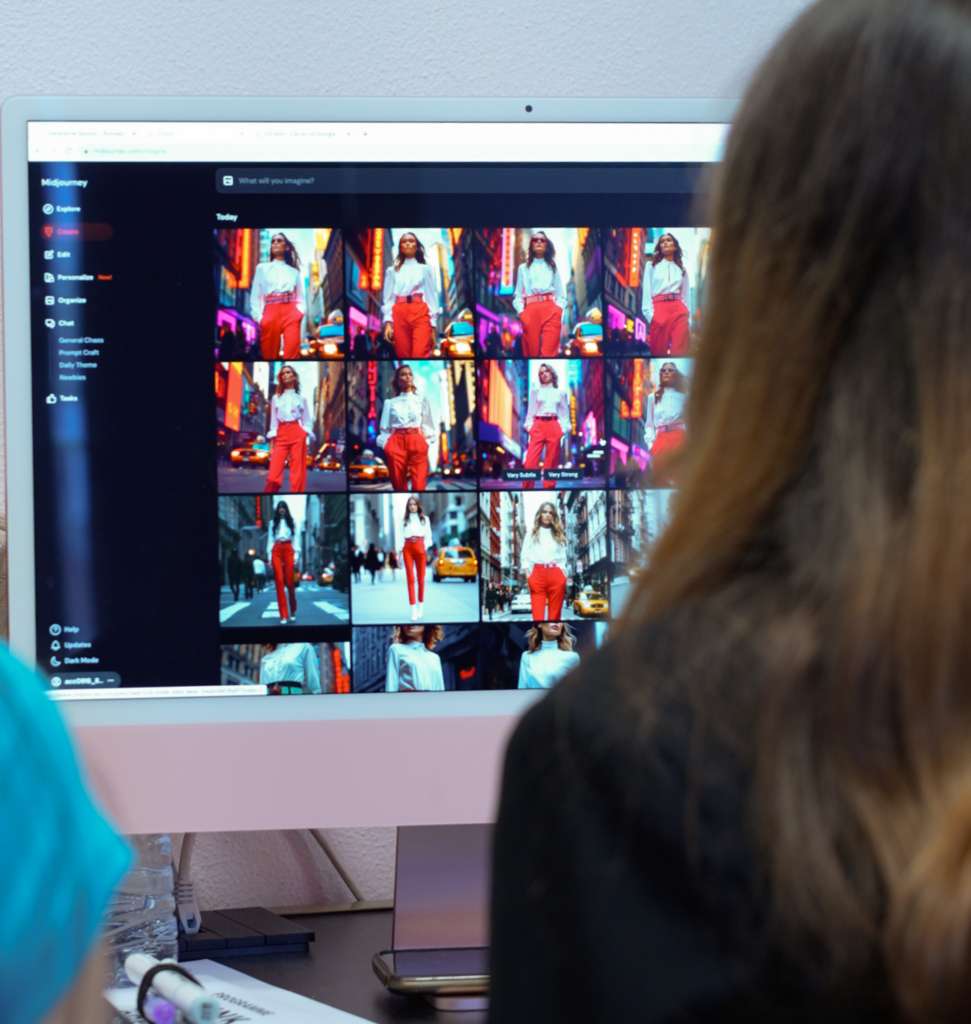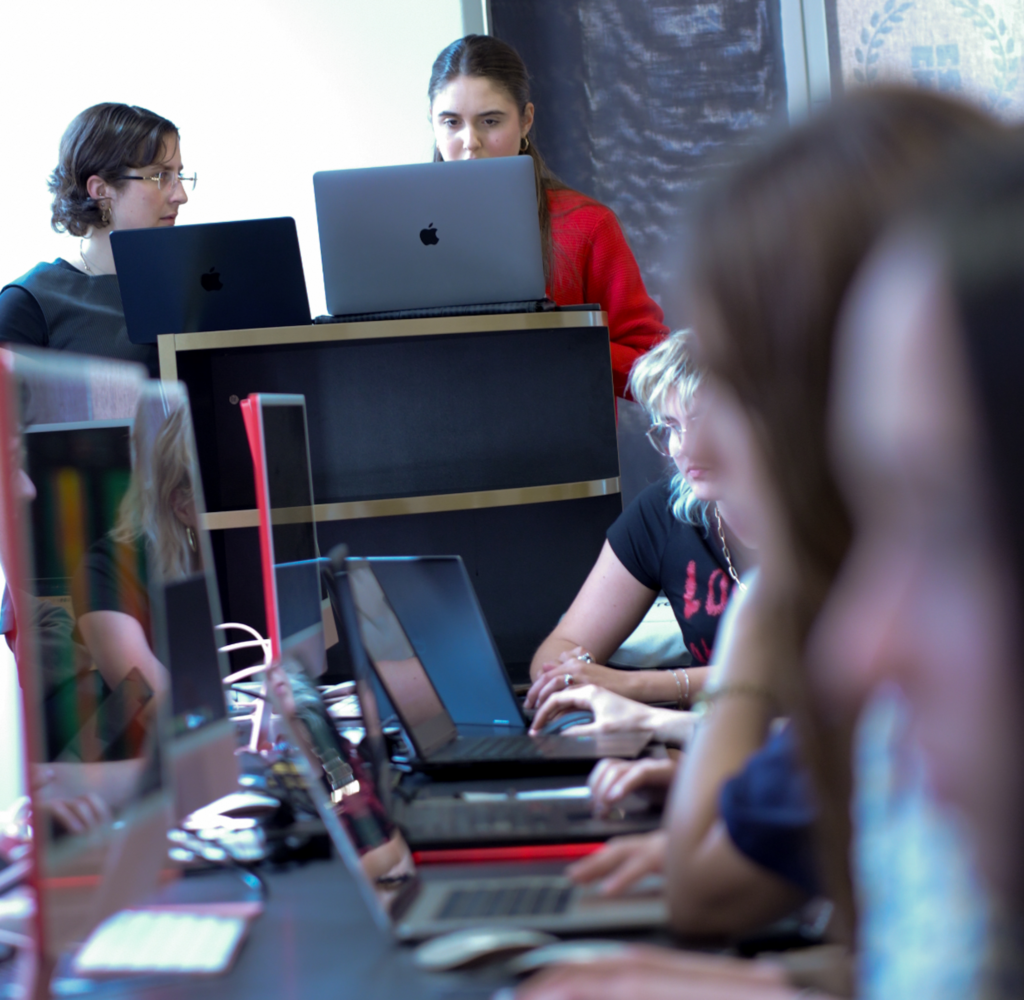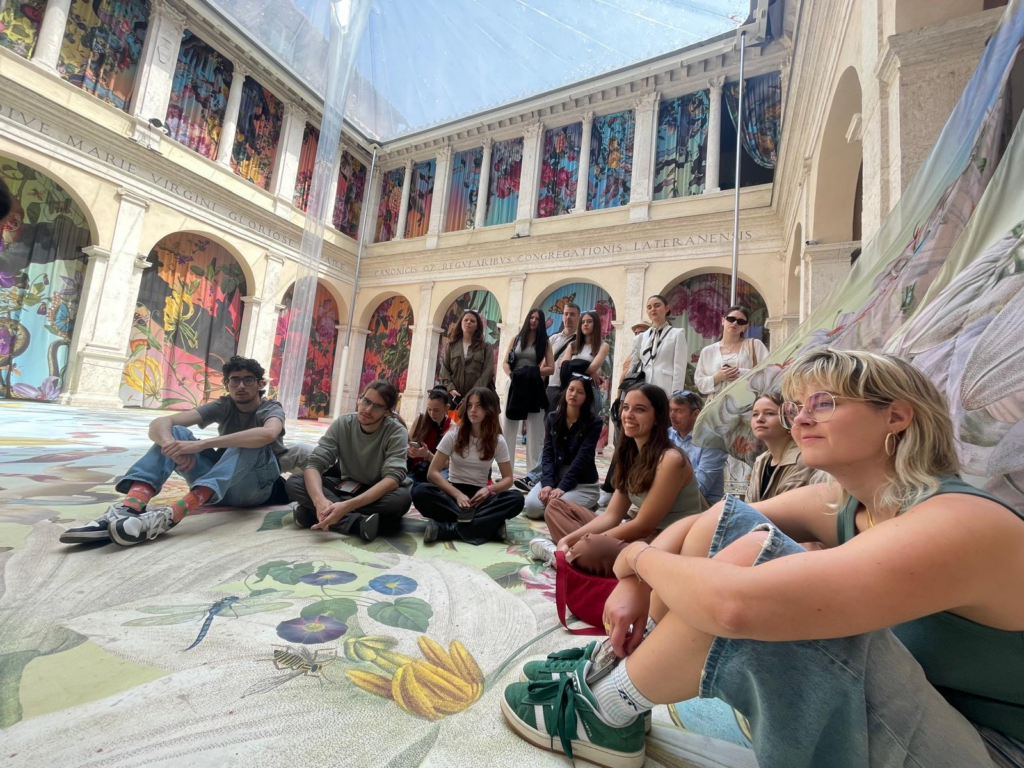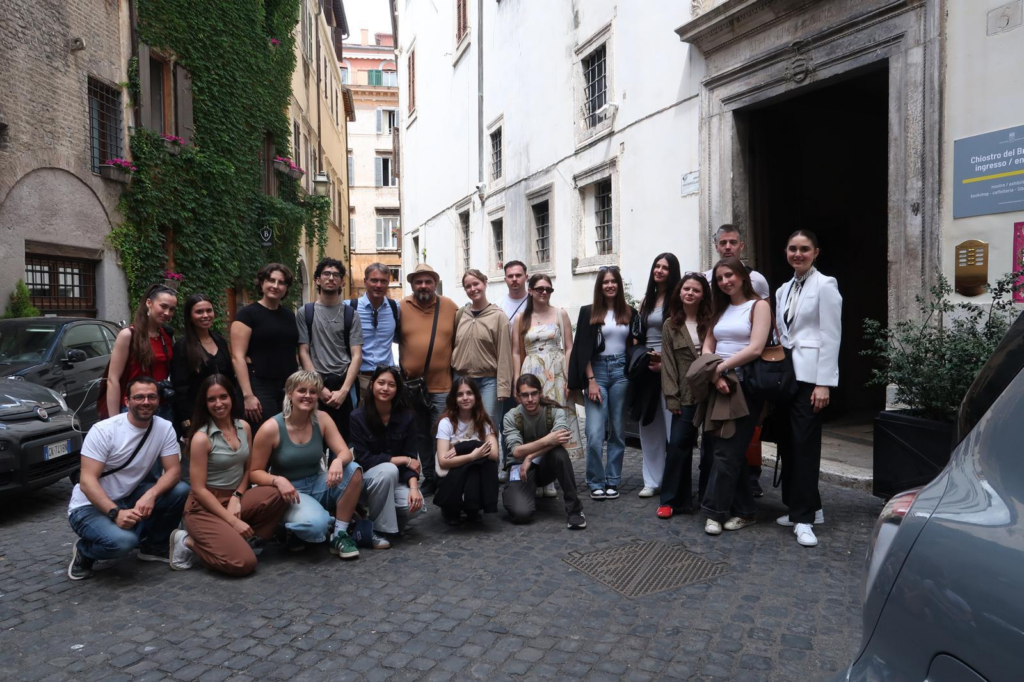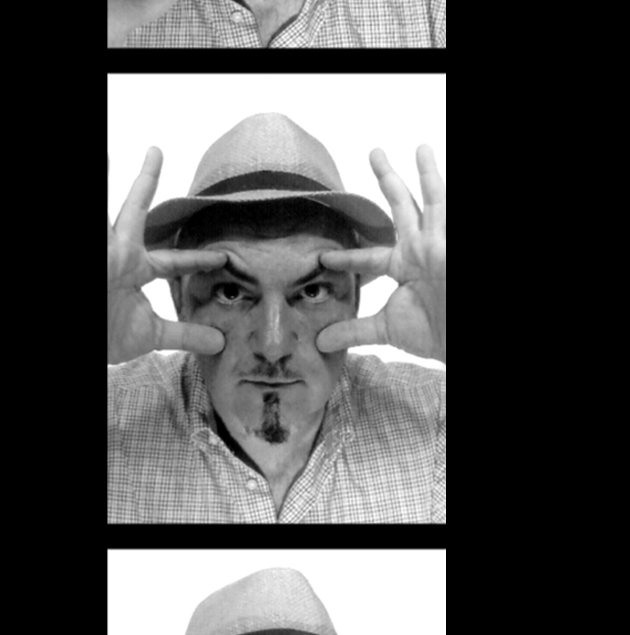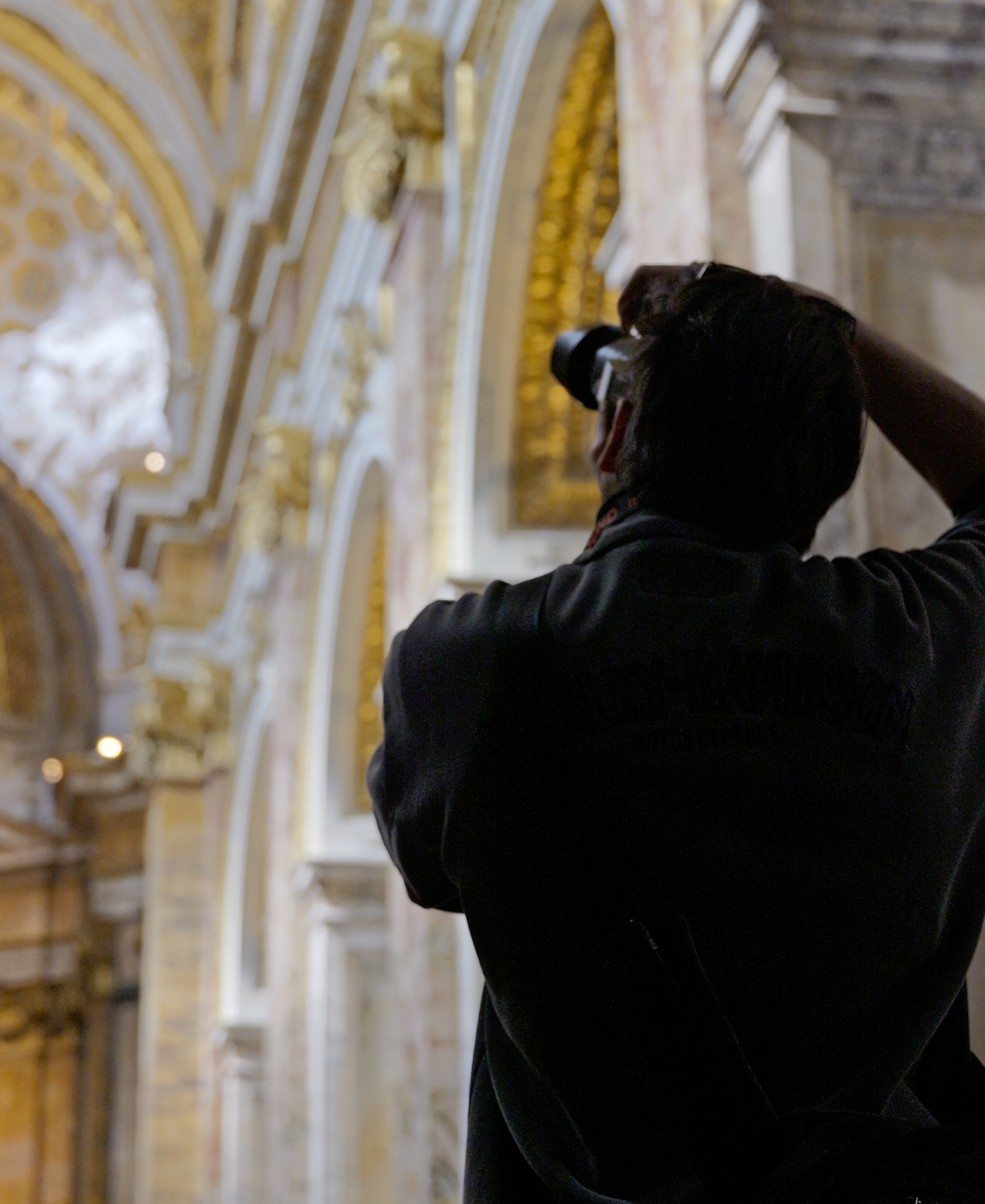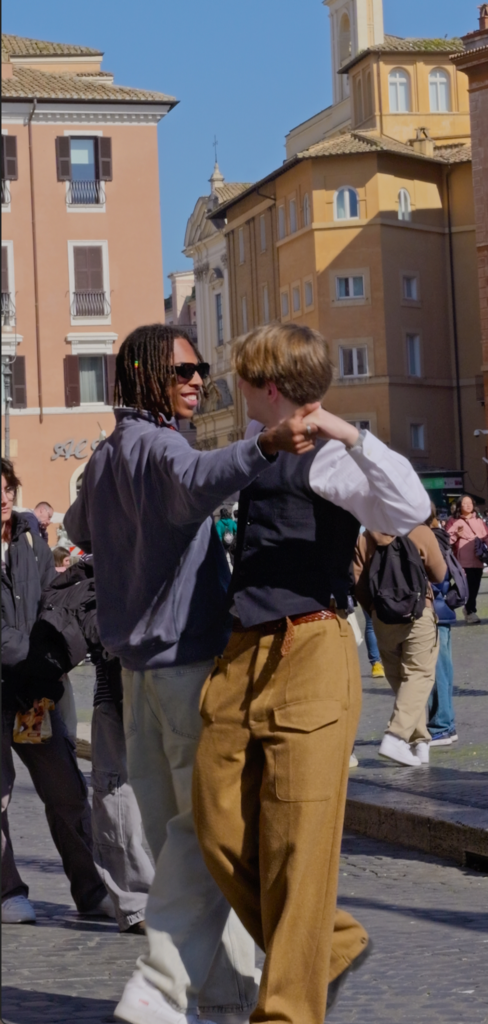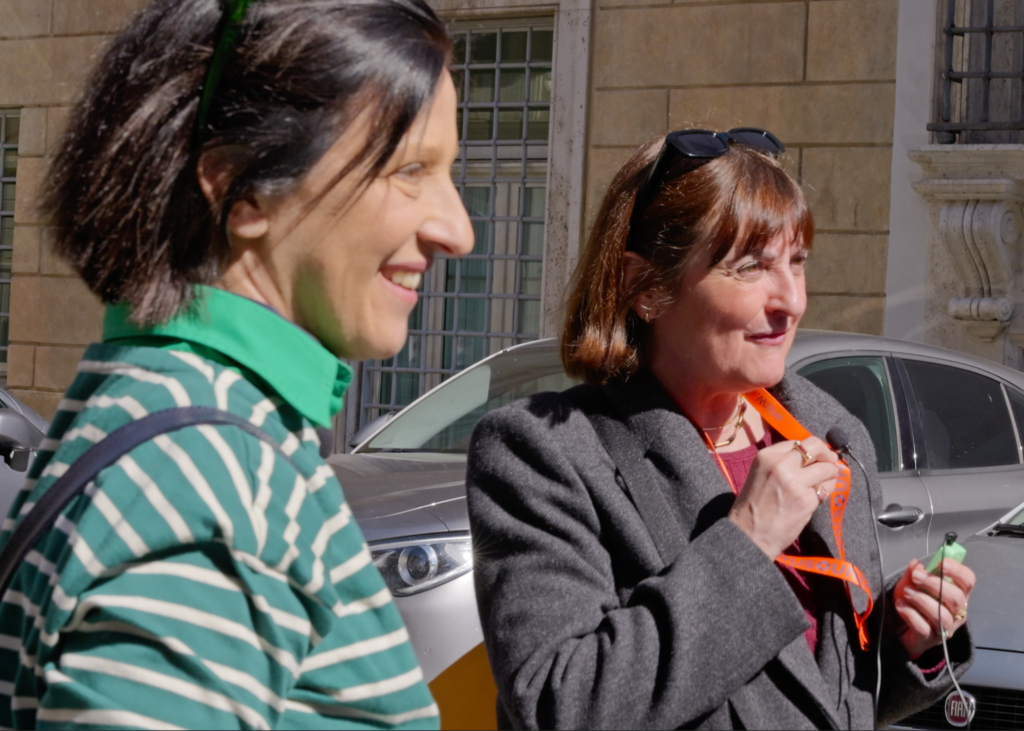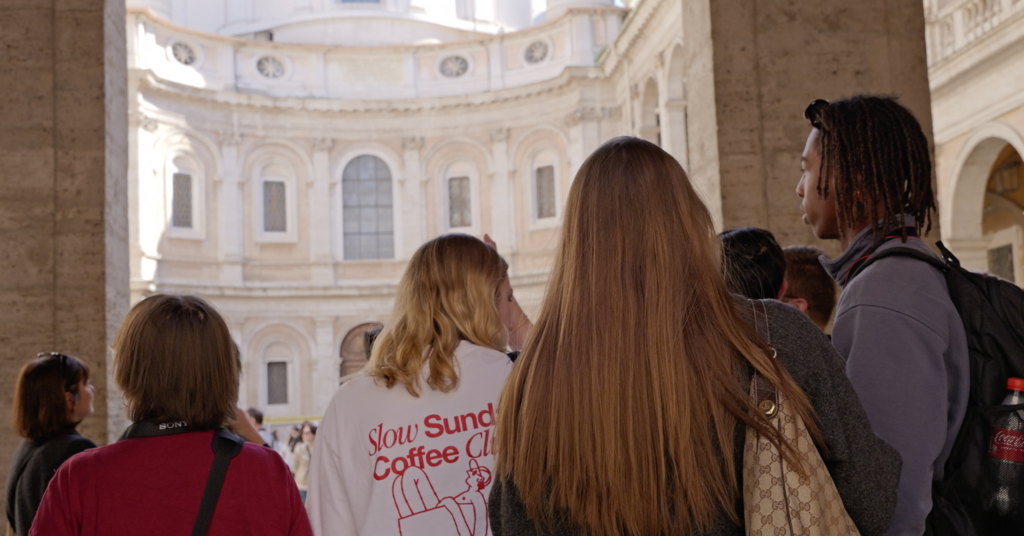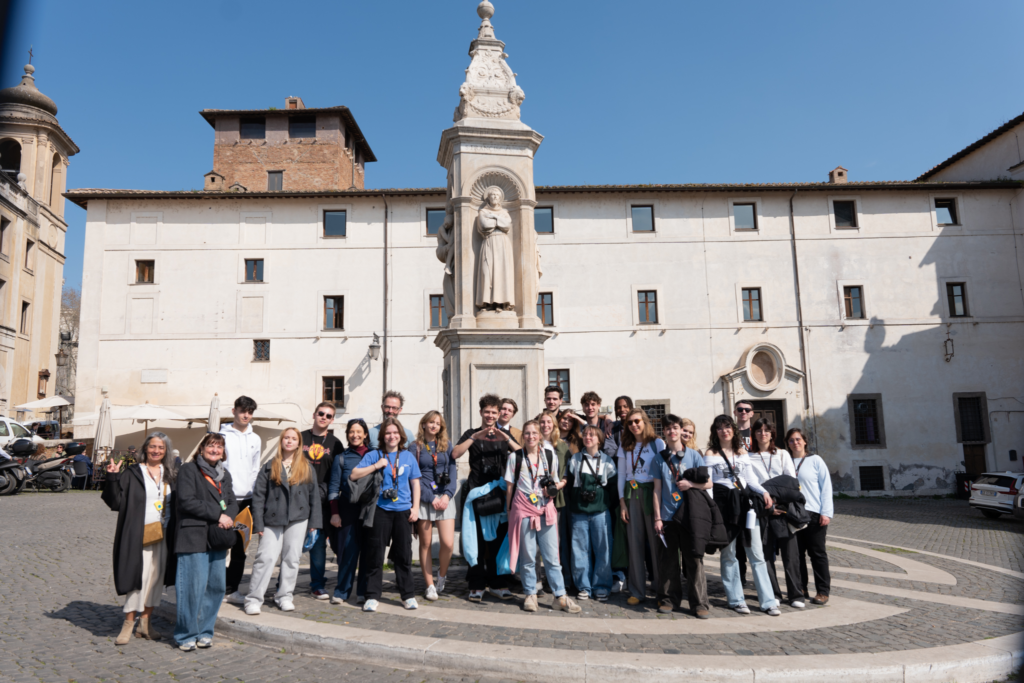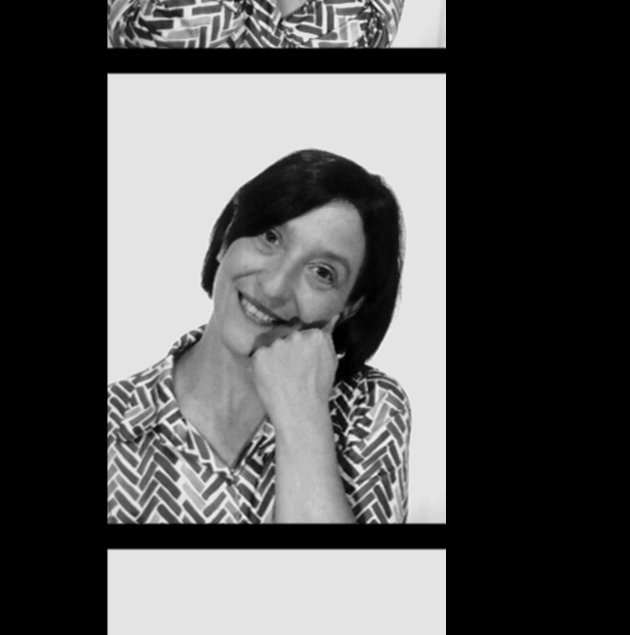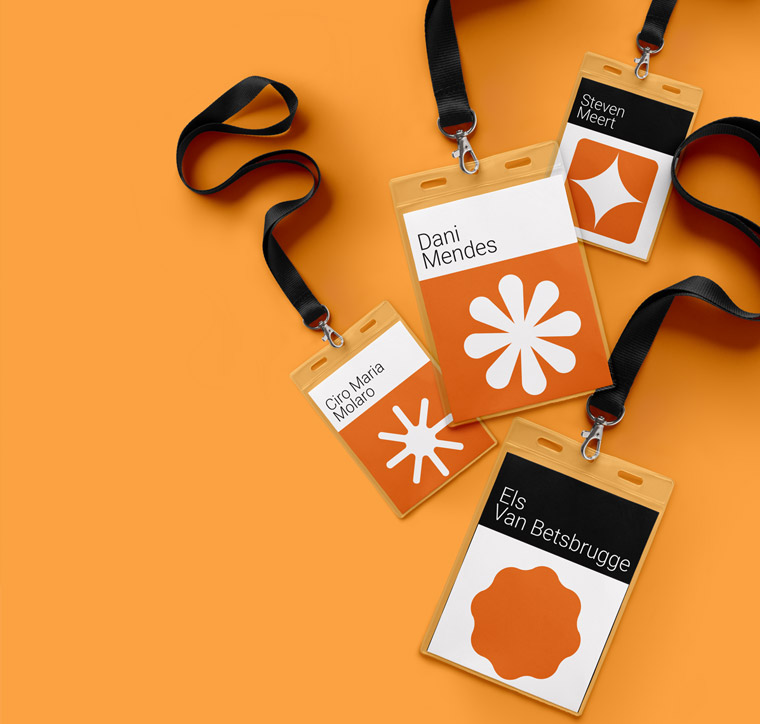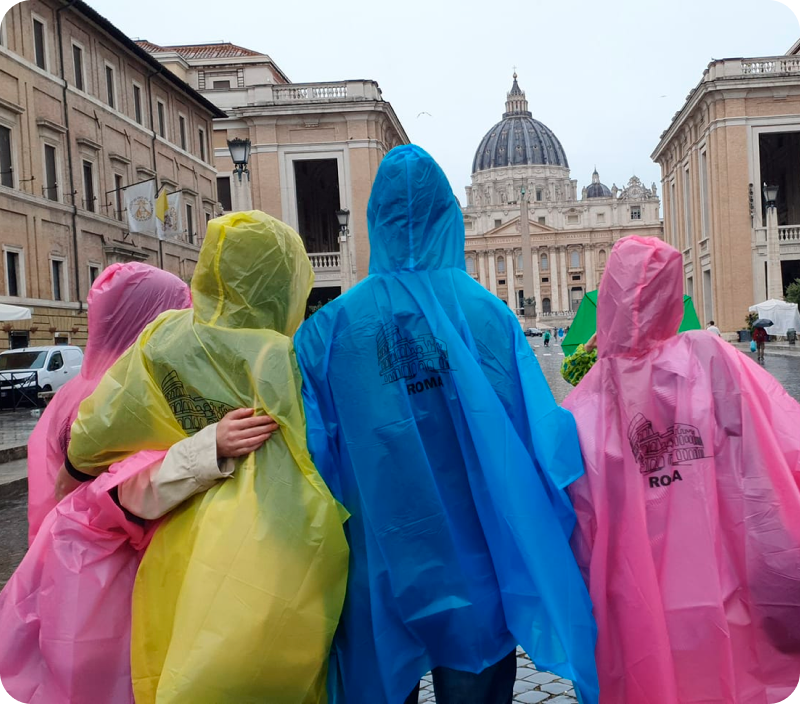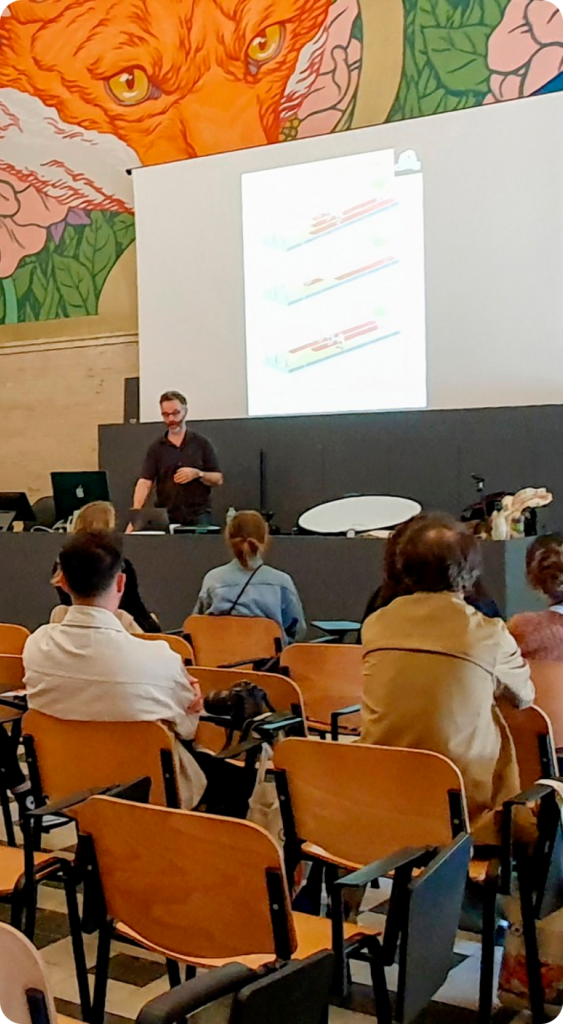The Secret Spaces course focuses on museums and secondary exhibition venues, which are increasingly becoming hubs for integrated promotion of knowledge, inclusion, and human and social development. Beyond their traditional roles of preservation and education, visits to museums or exhibitions—especially those located in lesser-known or peripheral areas—must now engage diverse audiences through immersive, multisensory experiences that encourage active participation. Engagement tools must therefore combine physical and digital devices, offering new interpretations of artworks and activities designed to stimulate the full range of perceptual abilities. The first workshop will take place at the Centrale Montemartini Museum, an extraordinary example of industrial archaeology housed in a former power plant displaying Roman antiquities. Here, participants will develop virtual reality experiences to complement the physical visit, navigable through Oculus headsets. The training program begins with an online introduction to Twinmotion, followed by on-site workshops including museum visits, design activities, and the creation of a virtual tour accessible via Oculus. The activities are designed to be approachable even for those with basic 3D modeling knowledge and will be adapted to participants’ skill levels, concluding with a follow-up visit to the museum to consolidate the learning experience.
Archives: BIP
Post Type dedicato ai BIP
Think, Prompt, Create
The program explores the transformative applications of generative artificial intelligence within the fields of communication, publishing, and the creative industries. Participants will engage with advanced tools, methodologies, and cultural contexts while developing both technical expertise and critical thinking skills. The course includes online preparatory sessions, in-person workshops, and independent study activities, culminating in the creation of an AI-driven portfolio of innovative projects. The first phase focuses on the fundamental principles and theoretical frameworks of generative AI, along with hands-on training in configuring and using ChatGPT. The goal is to master advanced prompting strategies to enhance human–AI interaction. During the in-person phase, participants will explore topics such as AI Agents, image generation tools like Midjourney, AI-assisted storyboarding, and animation using RunwayML, leading to a creative integration that also includes a cultural visit. This phase is enriched with practical activities such as “Teach’n walk” sessions and classroom workshops. The course concludes with an online session dedicated to assessment and feedback. Overall, the program combines lectures, walking lessons, and hands-on workshops.
Course Faculty
Light & the City II edition
The course aims to be a technical, educational, and emotional path, an opportunity for reflection, discussion, and on-site learning about the incomparable set of the Eternal City in the company of a Photographer (Art Historian) and a Lighting Designer (Architect).
The central theme that unites the two research and professional fields is light, understood as a raw material used to create photographic shots and draw visual experiences of lighting design. Light is also a source of inspiration for learning to look at the places and wonders of Rome through the mutations that light can shape, that a lighting designer can create and that a Photographer can learn to read.
The presence of both professionals in the field allows one to fully enjoy the immersive experience of the city’s beauties, learning to use photography as a key to approaching and reading the places and Lighting Design as a tool for understanding the interpretations and reinterpretations of ancient monuments according to modern uses.
The sites chosen for the Route are designed for their ability to exalt this vision and render incredibly evocative images of Rome.
Walk along the Via Sacra in the Roman Forum, climb the slopes of the Palatine Hill to penetrate the Rome of Romulus and the foundation, and stroll through the gardens of the Domus Aurea through the 3D vision made available in the new lost museum with sublime reconstructions of the domus neroniana, lose yourself in the poignant beauty of Bernini’s ecstasy, in the light of Caravaggio, look out from the most beautiful terrace in Rome at the top of Castel S.Angelo, and immerse yourself in the colossal vision of the Flavian Amphitheatre at night, all under the guidance and narration of the lecturers and the complicity of their two different visions.
This course allows participants to take with them the experience of a professional workshop and a vision, that of a city often told by stereotypes of beauty that must instead be approached, penetrated, and read through an accurate analysis of the true key to reading: its Light.
Light & the City
The course aims to be a technical, educational, and emotional path, an opportunity for reflection, discussion, and on-site learning about the incomparable set of the Eternal City in the company of a Photographer (Art Historian) and a Lighting Designer (Architect).
The central theme that unites the two research and professional fields is light, understood as a raw material used to create photographic shots and draw visual experiences of lighting design. Light is also a source of inspiration for learning to look at the places and wonders of Rome through the mutations that light can shape, that a lighting designer can create and that a Photographer can learn to read.
The presence of both professionals in the field allows one to fully enjoy the immersive experience of the city’s beauties, learning to use photography as a key to approaching and reading the places and Lighting Design as a tool for understanding the interpretations and reinterpretations of ancient monuments according to modern uses.
The sites chosen for the Route are designed for their ability to exalt this vision and render incredibly evocative images of Rome.
Walk along the Via Sacra in the Roman Forum, climb the slopes of the Palatine Hill to penetrate the Rome of Romulus and the foundation, and stroll through the gardens of the Domus Aurea through the 3D vision made available in the new lost museum with sublime reconstructions of the domus neroniana, lose yourself in the poignant beauty of Bernini’s ecstasy, in the light of Caravaggio, look out from the most beautiful terrace in Rome at the top of Castel S.Angelo, and immerse yourself in the colossal vision of the Flavian Amphitheatre at night, all under the guidance and narration of the lecturers and the complicity of their two different visions.
This course allows participants to take with them the experience of a professional workshop and a vision, that of a city often told by stereotypes of beauty that must instead be approached, penetrated, and read through an accurate analysis of the true key to reading: its Light.


